Axial Force Hinge "Fixed if positive N"
For example, if there is a hinge for the displacement in the longitudinal direction of the member ux, no axial force is transferred at the node. On the other hand, a hinge with the nonlinearity "Fixed if positive N" has the effect in which tensile forces (positive) but no compressive forces (negative) are transferred at the member end. Thus, the hinge is effective for negative axial forces: These internal forces are not transferred.
Moment Hinge "Yielding beginning from Release Moment"
The "Partial Action" nonlinearity type allows you to control the transfer of internal forces in a differentiated way. The example describes a restrained frame with a moment hinge in one of the corners. If a bending moment My of ± 6 kNm is exceeded, the connection should yield. In LC 1, this limit moment is not reached. A symmetrical moment distribution arises.
In LC 2 with an increased load, the hinge criterion applies: The moment is limited to the specified limit value. This leads to a redistribution of the internal forces and thus to an asymmetrical moment distribution.


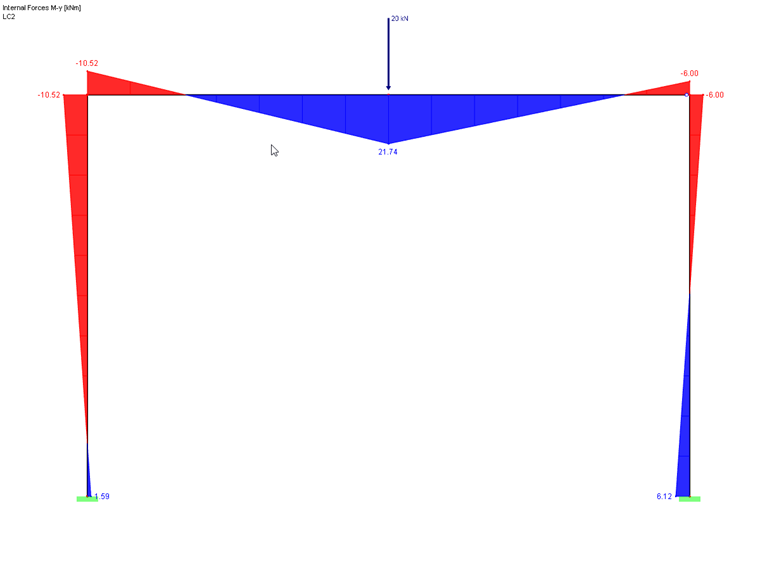
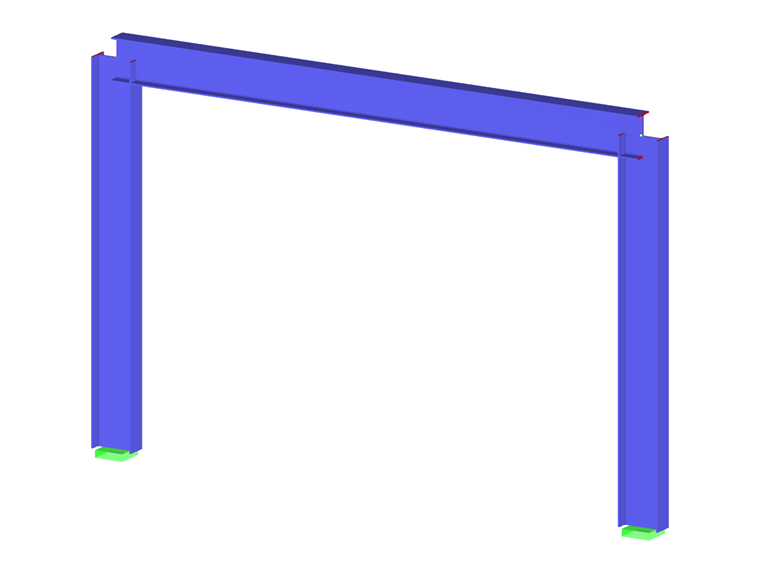
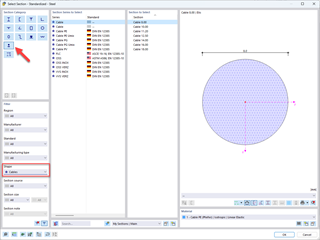
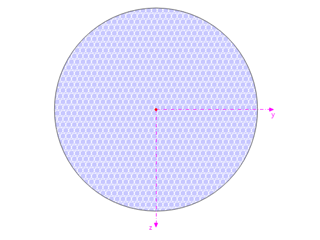

































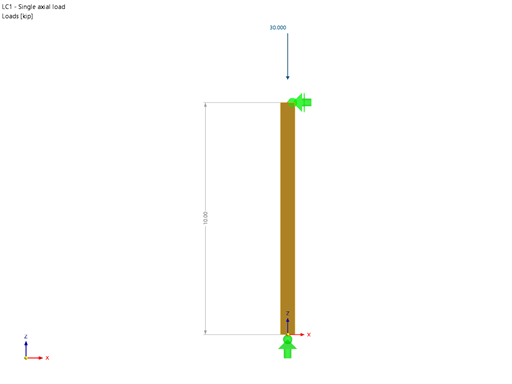











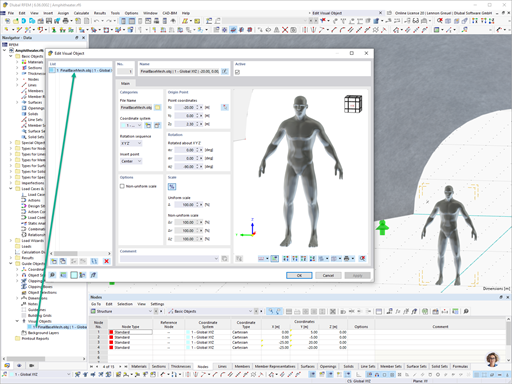




















.png?mw=600&hash=49b6a289915d28aa461360f7308b092631b1446e)
